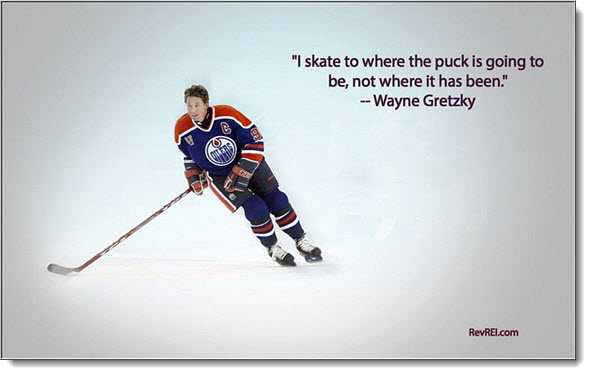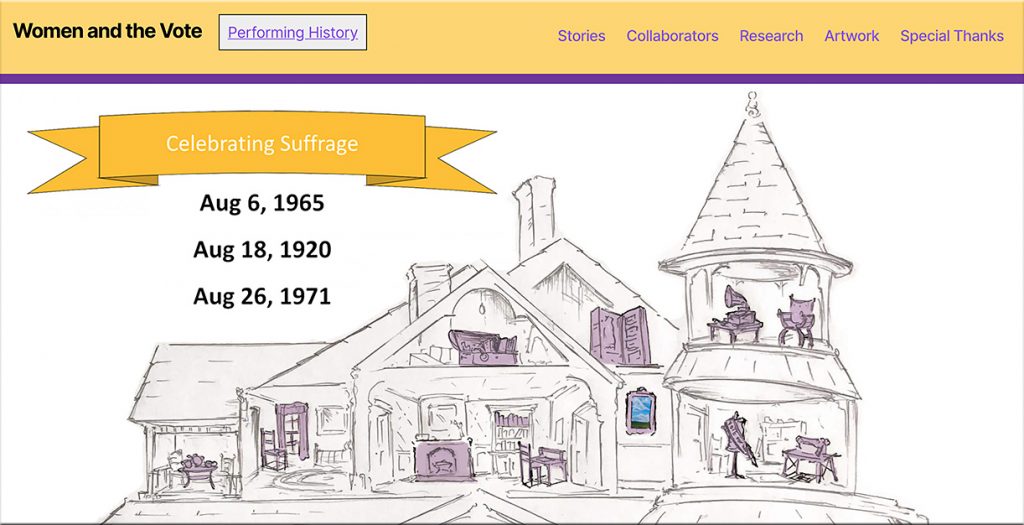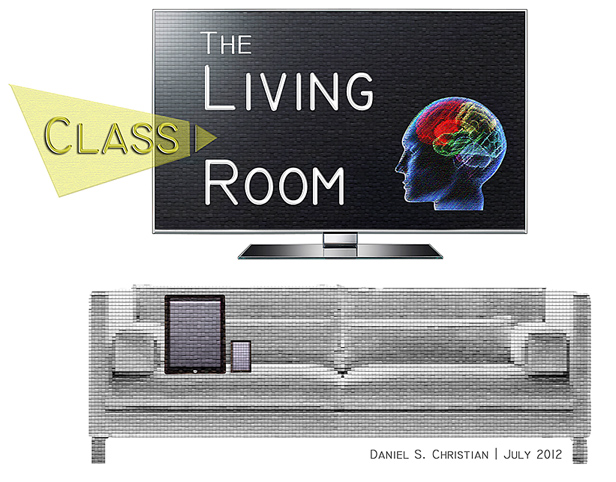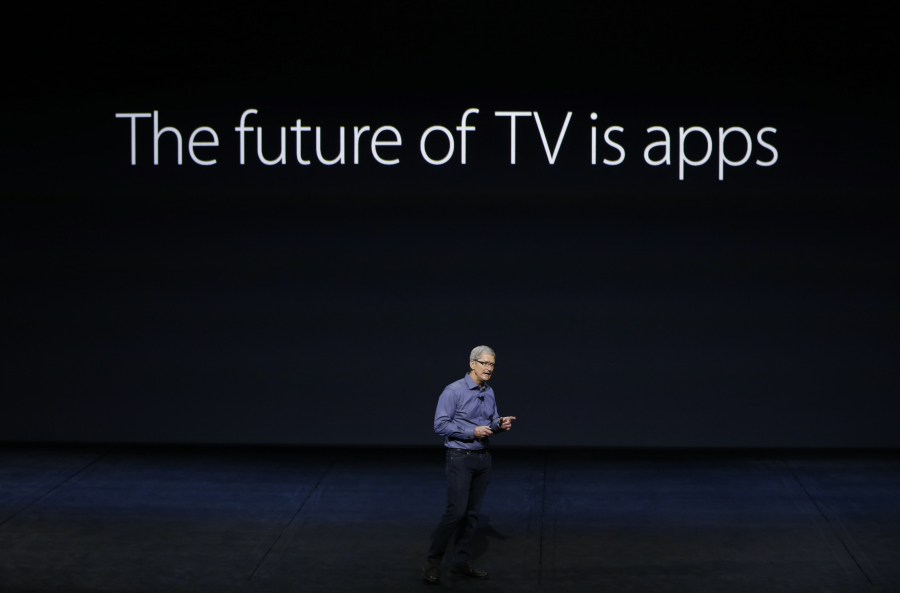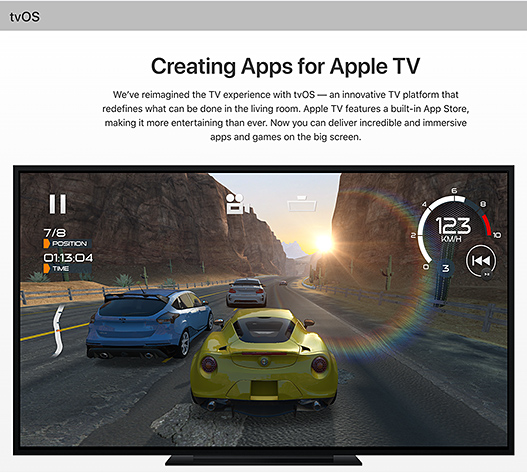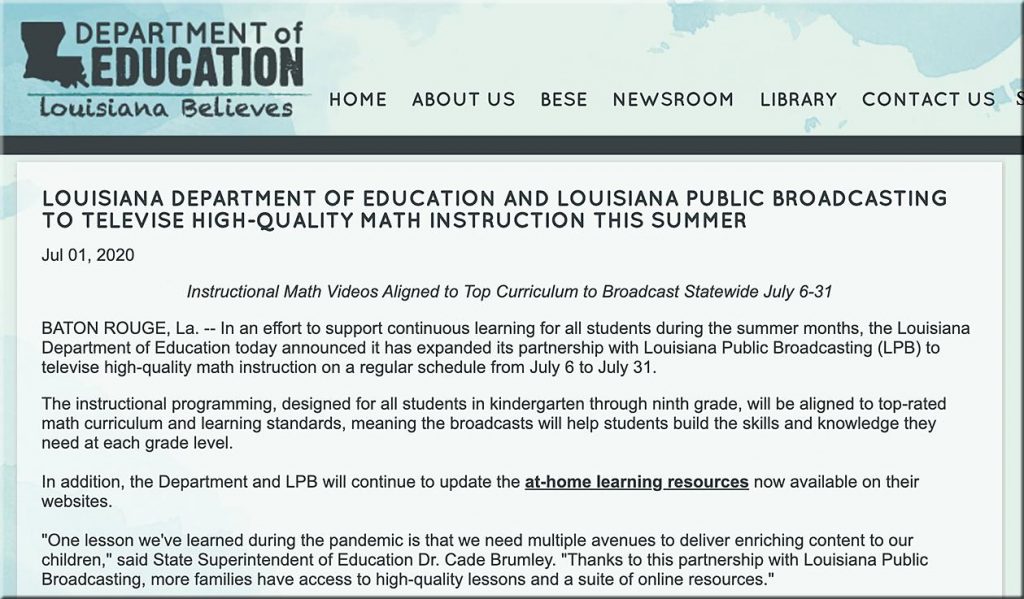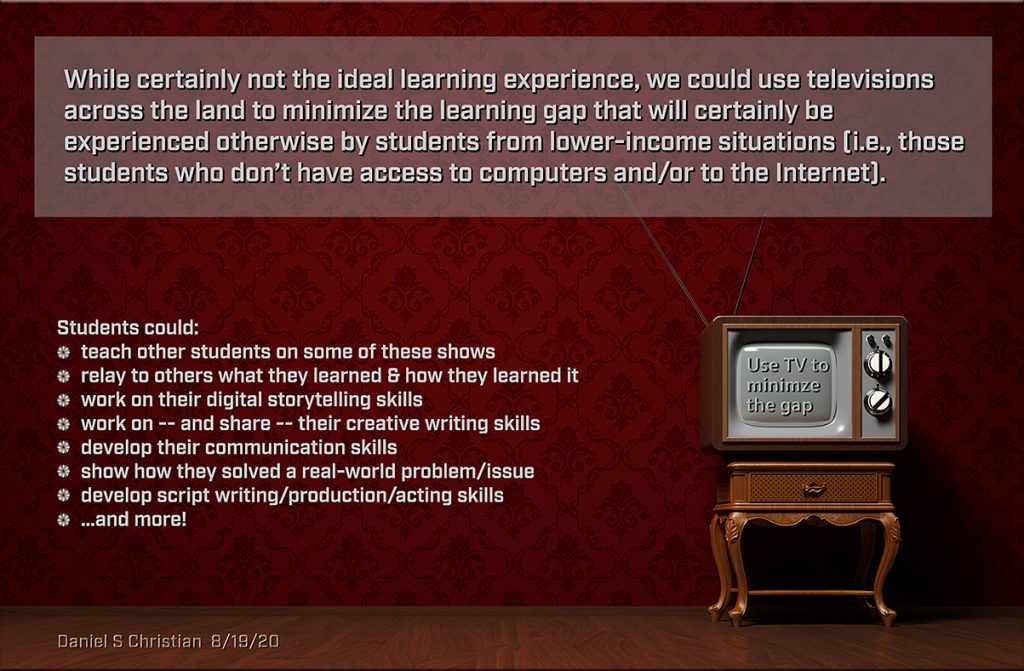7 Things You Should Know About Virtual Labs — from library.educause.edu
Excerpt:
Virtual labs are interactive, digital simulations of activities that typically take place in physical laboratory settings. Virtual labs simulate the tools, equipment, tests, and procedures used in chemistry, biochemistry, physics, biology, and other disciplines. Virtual labs allow students to participate in lab-based learning exercises without the costs and limitations of a physical lab. Virtual labs can be an important element in institutional efforts to expand access to lab-based courses to more and different groups of students, as well as efforts to establish contingency plans for natural disasters or other interruptions of campus activities.
Addendum on 8/27/20:
- Ryerson U Intros AR-Enhanced Science Labs — from campustechnology.com by Dian Schaffhauser













